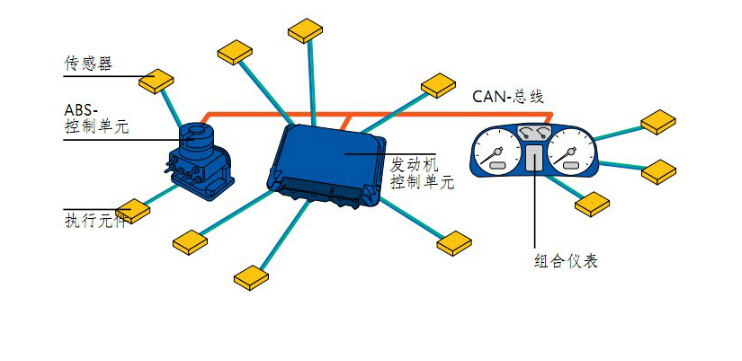The origin of the CANBUS
The demands of automobiles in modern society are constantly increasing. These requirements include extremely high active safety and passive safety; comfort in riding; convenient and humanized driving and use; especially low emission and low fuel consumption requirements.
The use of microprocessors and their electronic control technology in automotive design is the best way to meet these requirements and has been widely used. Currently these systems are: ABS (anti-lock braking system), EBD (braking force distribution system), EMS (engine management system), multi-function digital instrumentation, active suspension, navigation system, electronic anti-theft system, automatic air conditioning and automatic CD player Wait.
Automotive electronic control technology has evolved from a single control to integrated control, such as ignition timing, fuel injection, idle speed control, and exhaust gas recirculation. Electronic technology extends from engine control to various components of the car, such as anti-lock braking systems, automatic shifting systems, information display systems, etc., from the car itself to the integration into the external social environment.
Modern automotive electronics technology is mainly divided into the following three categories:
Separate control system: An electronic control unit (ECU) that controls an operating device or system, such as an engine control system, automatic transmission, etc.
Centralized Control System: An electronic control unit that controls the operation of multiple work equipment systems simultaneously by an electronic control unit (ECU). Such as the car chassis control system.
Controller local area network system (CAN bus system): A plurality of electronic control units (ECUs) simultaneously control a plurality of working devices or systems, and common information of each control unit (ECU) is transmitted to each other through a bus.

